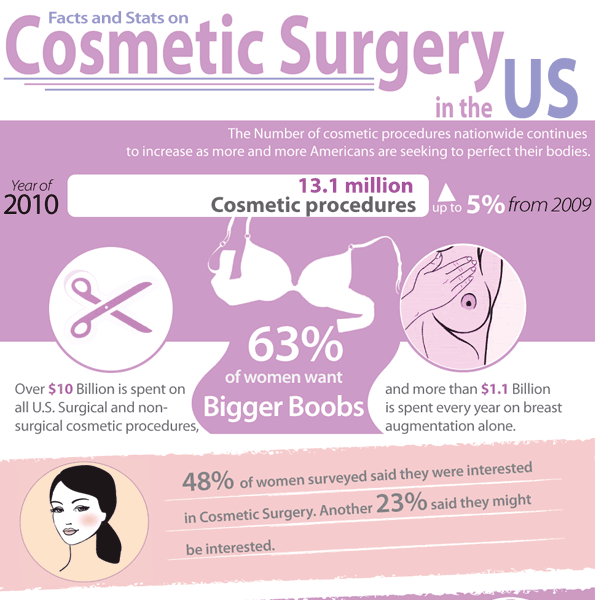Low Glycemic Diet For Acne
Low Glycemic Diet For Acne
Blog Article
Causes of Acne on Cheeks
Acne outbreaks in the cheek area are caused by numerous points, from touching your face regularly to not changing your pillowcase often sufficient. Picking at blemishes enhances your risk of infection and scarring, and certain drugs can aggravate dark areas (postinflammatory hyperpigmentation).
The good news is, there are many ways to avoid and deal with cheek acne. These include:
1. Hormone Changes
Acne is mainly caused by hormones, specifically those produced throughout the age of puberty and pregnancy. For some, a family history of acne may additionally contribute to their problem. Anything that clogs pores, such as oil-based skin treatment products or ceraceous hair products, can set off acne. Numerous topical treatments, like benzoyl peroxide and salicylic acid, can fight germs and unclog pores. Those with serious or persistent acne ought to seek treatment from their medical professional.
Avoid touching or squeezing your acne, as this can push several of the microorganisms deeper into the skin, resulting in an extra serious outbreak. It is likewise essential to alter pillow cases on a regular basis and make use of tidy make-up brushes. You should also attempt to stay clear of irritants such as friction from wearing a helmet or tight collar.
2. Diet regimen
The oily, sugary foods that many individuals think trigger acne might really refrain from doing so. As a matter of fact, studies have actually revealed that consuming a diet plan abundant in whole, nutrient-dense foods helps to stop breakouts.
Foods high in the glycemic index (such as white bread, corn flakes, blew rice and potatoes, doughnuts and various other pastries) raise blood sugar level levels rapidly, and this can increase hormonal agents that improve oil production and cause acne.
Consuming alcohol cow's milk has actually likewise been connected to enhanced acne breakouts. If you are a regular cow's milk enthusiast, you could want to try changing to low-fat or nondairy options that are strengthened with calcium. In addition, consuming even more water can help to decrease acne because it aids to keep the skin hydrated.
3. Excess Oil
While oil is important for healthy and balanced skin, it can end up being a problem when way too much sebum combines with dead skin cells and blocks pores. This mix can produce blackheads, whiteheads and pimples. The blocked pore wall can break down and spill microorganisms, dead skin cells and sebum right into surrounding skin. This leads to a red bump referred to as an acne. In some cases these red bumps have pus in the facility from a bacterial infection. Bigger infected bumps that resemble acne are called cysts.
There are numerous points that can trigger excess sebum and clogged pores, consisting of hormone changes, diet regimen and day-to-day practices. Some instances include touching the face regularly, resting your hand on your cheek, making use of filthy make-up brushes and not changing pillow cases frequently.
4. Stress
If you're taking care of throbbing acnes or a multitude microcurrent facial la of blackheads and whiteheads, it might be time to speak with a dermatologist. They can suggest a reliable treatment that matches your skin type. Exercising relaxation and stress-reduction methods additionally helps.
Acne can happen in the cheeks as a result of friction and stress, such as when a person touches their face often or puts on a hat or sports helmet that scrubs against the skin. It can additionally appear where greasy cosmetics and creams rub against the skin.
Prevent pressing acne, as this can push infected product deeper right into the skin and lead to scarring. Rather, see a physician to learn more about preventative treatments like medicine, skin treatment products and way of life modifications. Consuming a healthy diet plan of entire foods, getting seven to 9 hours of rest and using noncomedogenic makeup and skin care items can all help in reducing acne breakouts.
5. Hair Products
Hair products are not normally taken a cause of breakouts, yet they can add to acne on the cheeks in some people. Pomade acne, which is defined by little shut comedones and papulopustules, is typically brought on by using oily hair products which contain comedogenic active ingredients such as particular oils and acetylated lanolin.
Choosing hair products that don't consist of these possibly comedogenic active ingredients is an important step toward reducing outbreaks. Additionally, guaranteeing that hair products aren't can be found in contact with the skin can assist prevent breakouts. As an example, wearing a headscarf or bonnet during the night can restrict hair-to-face contact and minimize the likelihood that leave-in hair items will abrade onto the face.
In addition to utilizing a non-comedogenic cream and cleaning with an acne face wash, other useful techniques consist of: